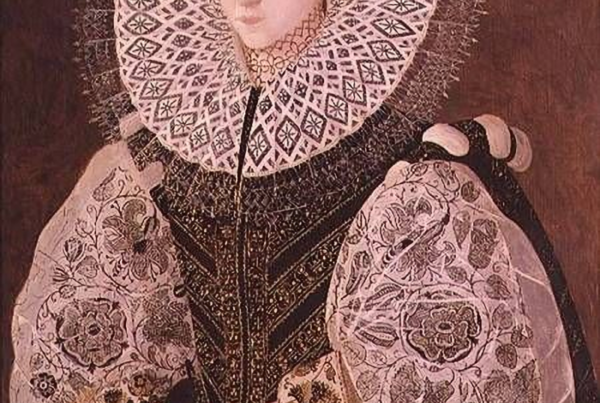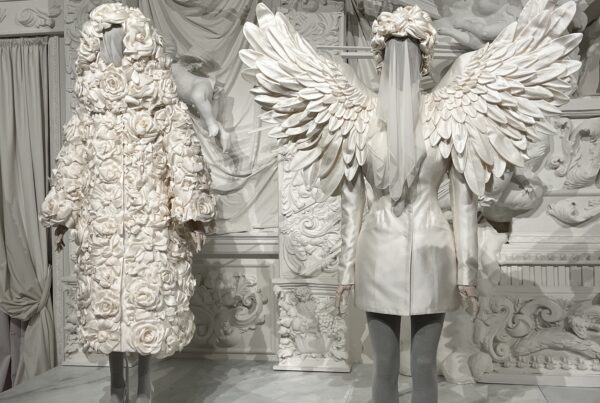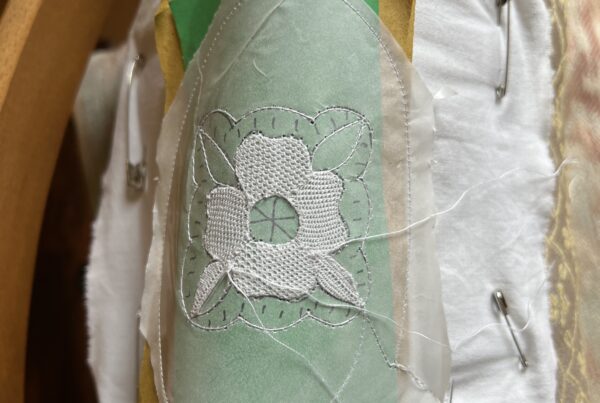In the picturesque district of Hardanger, nestled in the western fjords of Norway, a timeless craft flourishes, captivating hearts with its intricate beauty. Hardanger embroidery, once known as “hvitsøm” or whitework, emerges as a testament to the region’s rich cultural heritage and artisanal prowess, steeped in a history as captivating as its stitches.
The exact origins of Hardanger embroidery are shrouded in the mists of time, yet its lineage can be traced back to ancient Persia and Asia. It is believed that this early form of embroidery journeyed across continents, finding its way to Europe during the Renaissance. In Italy, it evolved into Italian Reticella and Venetian lacework, laying the groundwork for the intricate techniques that would later define Hardanger embroidery.
By the 17th century, variations of this embroidery had traversed northern Europe, where it flourished and diversified. In Denmark and the Netherlands, it evolved into Danish and Dutch Hedebo, while Scotland embraced it as Ayrshire embroidery. Meanwhile, in the rugged terrain of Norway, it found its true home, evolving into the exquisite art form known as Hardanger embroidery.
During the period between 1650 and 1850, known as the heyday of Hardangersom (meaning: work from the Hardanger area), the craft flourished in Norway. Flax cultivation thrived, yielding the raw materials essential for Hardanger embroidery: white fabric and thread. Meticulously grown, carded, spun, and woven, these materials formed the foundation for exquisite works of art, adorning traditional Norwegian costume items called bunads, as well as clothing and household linens such as mats, curtains, and bedspreads.
At the heart of Hardanger embroidery lies the intricate Kloster blocks, a series of satin stitch blocks meticulously crafted over a grid of ground threads. Consisting of five parallel satin stitches, these blocks encase designated areas of fabric, within which warp and weft threads are delicately cut and withdrawn. The result is a mesmerizing interplay of loose threads and expansive voids, intricately framed by the Kloster blocks.
Yet, it is not merely the structural elegance that defines Hardanger embroidery; it is the artistry of the decorative filling stitches that breathe life into each piece. As artisans weave their magic, utilizing self-colored threads that harmonize with the fabric, a symphony of sculptural motifs emerges. Each stitch, meticulously placed, adds depth and dimension, transforming the fabric into a canvas of ethereal beauty.
In the realm of traditional Hardanger embroidery, simplicity reigns supreme. The purity of white or cream linen threads, mirroring the fabric’s hue, accentuates the intricate details of the stitches. It is a celebration of understated elegance, where the absence of color serves to amplify the craftsmanship and intricacy of the art form.
As the world embraces the allure of handmade craftsmanship, Hardanger embroidery stands as a beacon of timeless beauty and cultural significance. From its humble origins in the fjords of Norway to its global appreciation, this age-old tradition continues to captivate hearts and inspire generations, reminding us of the enduring power of artistry and tradition.




